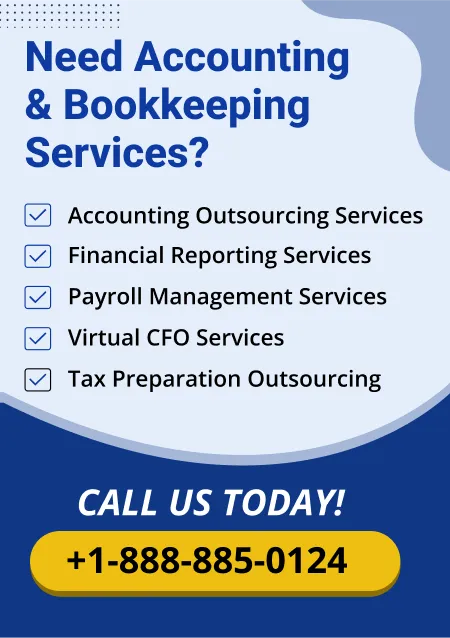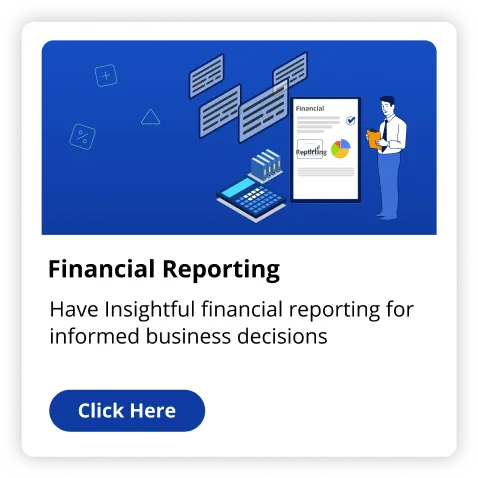Your business can understand how immune your financial health is through accurately reading the financial statements. Financial statements help in making sound decisions for your business.Businesses, investors or anybody in the corporate world should have an in-depth knowledge of how to read financial statements. These documents dictate whether your business has a future or are in survival mode for now. These documents put emphasis on cash-flow statements, assets, liabilities and profit factor. This blog will explain the three most important and basic financial statements. The income statement, the balance sheet and the cash-flow statement are three most important documents your business should be concerned about. And we'll do it all in our power to guide you through them.
The profit metric: Income statement
Your business gets an idea of the amount of revenue earned, expenditures from the income statement. It is also referred to as the profit and loss statement. It provides an answer to the key query: Is the business profitable?
- Revenue earned: Also known as sales or turnover, revenue is the whole amount of money that a business makes from performing regular activities, including the sales of goods or services. This indicates how well your business is doing from all the undergoing operations. This usually appears in the first line of the income statement.
- Cost of Goods Sold (COGS): This is the amount your business is supposed to invest in the raw materials to produce the goods/services your business then sells. Supplies, work, and overhead directly related to production are reflected in COGS. COGS is subtracted from revenue in order to calculate the gross profit of the business in question.
- Cost of operations: They include expenses for items like rent, utilities, payroll, marketing, and supplies for the office. These aren't directly related to manufacturing; rather, they are necessary operational costs for the business in question.
- Is your business lucrative (Operating earnings): This refers to the quantity that is left over after gross profit has been subtracted from operating expenses. It gives an idea of how lucrative the business's main operations are.
- The net income factor: Net income is calculated as the total remaining profit after subtracting all expenses, taxes and interest from the total revenue earned. It is also referred to as the bottom line. The profitability of your business depends on your net income. If positive, then your business is making profits and if negative, then your business is in loss.
Your financial stance: The balance sheet
The financial health of your business in an instant is given by a balance sheet. It falls into three main groups: shareholders' equity, liabilities, and assets.
- Assets(The possession): This comprises the resources owned by your business. This is further divided into current and non-current assets.
- Current Assets: This includes inventory, money, and accounts receivable because they can all be turned into cash in under a year.
- Non-Current Assets: This comprises property, equipment, long-term investments, and intangible belongings like patents.
- Liabilities(The debts): The debts of the business and obligations are referred to as liabilities. They fall into the same groups as assets: current and long-term.
- Current Liabilities: These are debts that the business has which have to be paid off in the year to come, like short-term loans, taxes, and accounts payable.
- Long-term Liabilities: These are debts that are maturing beyond a year, like long-term debt or bonds payable.
- What exactly is shareholders’ equity: Owners' claims after the dismissal of all liabilities are expressed by shareholders' equity. It includes investor money as well as retained earnings, or profits that are reinvested in the business's operations. In accordance with the balance sheet formula, which is Assets = Liabilities + Shareholders' Equity, the assets of a business are funded by either investments from shareholders or by borrowing funds.
How your money moves: The Cash Flow Statement
Your business can determine the movement of cash by accurately reading the cash-flow statement of your business. This can determine whether your business is financially secure or needs to manage the cash-flow efficiently to avoid bankruptcy.
- Activities under business operations: This part details the funds that are received and spent by the business for its everyday activities, including payments to suppliers and workers as well as cash receipts from customers.
- Investing Affairs: Buying or selling assets like equipment or real estate is one way that investing activities create cash flow. The funds that were spent on investments such as stocks or bonds is also included in the investment activity.
- The funds allocated for various tasks: This section shows the cash flows that are used for financing the business's operations, like purchasing or selling stock, disbursing dividends, and taking out loans.
The factors of judgement: Key ratios and metrics
Performing important financial ratio computations that provide light on the business's performance is a typical step in understanding financial statements.
- Measuring quality-Gross Profit Margin: This proportion shows how well a business delivers its goods or services. It is calculated by splitting gross profit by revenue. Greater efficiency is shown by a larger margin.
- Do you have enough funds-Current Ratio: This liquidity measure is calculated by dividing Current Assets by Current Liabilities. If your business gets a ratio more than 1, that means you have enough funds in-hand to pay-off the short-term liabilities.
- The factor that determines sustainability-Debt-to-Equity Ratio: This suggests the percentage of debt financing versus equity utilised by the business. More debt is shown by a higher ratio, which could indicate greater danger.
The meeting point: How all the financial reports work together
The combination of all their statements works in favour of any business. Even if their individual importance is equally important. All the three statements have their own uses. The balance sheet determines the assets and liabilities of your business. Profit margin is measured using an income statement. And finally the movement of cash in your business can be determined by the cash-flow statement. Businesses can get a big-image of their financial health when all three statements are combined as a whole. For example, your business might have smashing numbers in the income statement, but if your cash-flow statement is dwindling, then you might be unable to pay your current debts. An alarming level of debts indicated in the balance sheet can question if your business will sustain or not in the long-run.
Conclusion
The corporate world demands the people engaged in it to be knowledgeable enough to successfully read financial statements. Anybody ranging from investors, entrepreneurs to anybody managing their own income. Businesses can successfully make informed decisions if they have access to accurate financial statements. Businesses who have the capability of reading their income statements, balance sheets and cash-flow have a greater chance to comprehend their financial standing. This will allow them to closely evaluate and take on future prospects. Fino Partners can be an exceptional asset for your business to figure out all the existing financial statements.
READ ALSO | How Bookkeeping Supports Strategic Financial Planning for U.S. Small Businesses



























